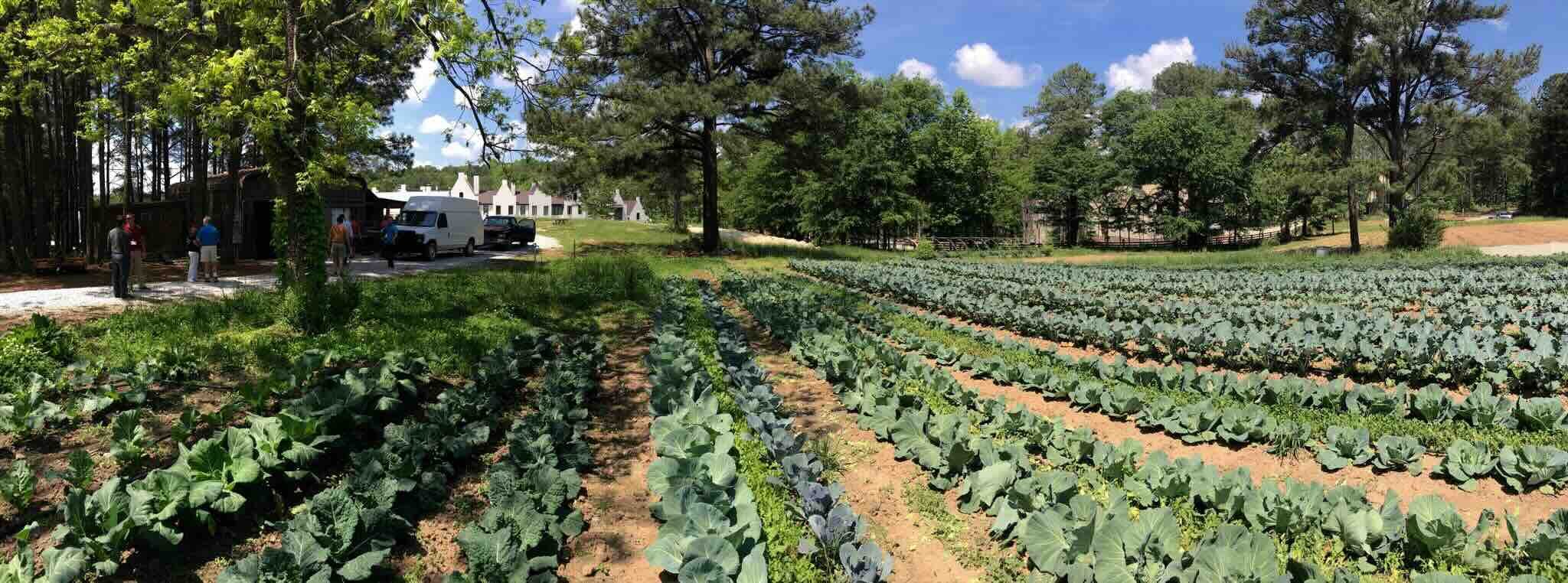Chapter 8
Access to Healthful Foods
QR Code 8.1
Here are many of the other problems arising from Big Agriculture.
Without jobs based around farming, we now have an increasing number of rural Americans living in poverty and their communities are lacking the vitality they once had. It’s not just the local farmer that has disappeared from the American landscape and the economic system, but also the entire small-town agriculture-based economy.
Conventional methods of farming are not working as well as before. The state of soil health is in all time decline, as conventional farming depletes the nutrients in the soil. Some sources claim that if we continue to farm using conventional approaches, we have only about 60 growing seasons left before the soil won’t produce anymore. Source
Further, our food itself is losing nutritional value. One study has shown that as CO2 levels continue to rise due to climate change, our plant-based foods will continue to lose their nutritional value. That means that even if you try to eat a well-rounded diet rich in fruits and veggies you may not be getting the essential nutrients you need. SourceA lot of American grown food is now genetically modified. According to the FDA, the US grows only a few types of GMO crops—for example, corn, soybeans, apples, and sugar beets—but these GMO crops make up the majority of the crop grown. In the year 2020, 94 percent of all soybeans planted were GMO and 92 percent of the corn crop was GMO corn. Over 95 percent of animals used for meat and dairy eat GMO crops. Source
America has embraced GMOS in order to reap the benefits of growing bigger, cheaper, more efficient, more pest resistant, but at what cost? When humans modify the ecosystem there is a disruption causing unintended consequences that are, many times, not traced back to the cause. The widespread use of GMO crops can lead to a reduction in biodiversity. Introducing new genes into crops could potentially introduce new allergens into the food supply, leading to allergic reactions in sensitive individuals. Serious trends in poor health and the increased use of GMOs during the same period highlight the need for careful consideration of the potential risks of their use.
We import a shocking amount of food. According to the US Department of Agriculture, we’ve increased our imported food over the past several years: “Between 2007 and 2021, the percent of U.S. fresh fruit and vegetable availability supplied by imports grew from 50 to 60 percent for fresh fruit and from 20 to 38 percent for fresh vegetables (excluding potatoes, sweet potatoes, and mushrooms). Source
This is bad for the environment because of the pollution planes and trucks put into the atmosphere. Further, the food isn’t as fresh as local food. Not only are fruits and vegetables typically picked before it has fully ripened, but for every mile driven, the produce loses more of its nutritional value. Not only that, but consumers must pay for the cost to ship and truck the food into their communities. And once again, in importing our food we face the national security risk of relying on another country for our citizens’ food.
QR Code 8.2
Here are some startling statistics on diet related disease in the US:
About 1 in 5 children and adolescents in the United States have obesity. Source
More than 2 in 5 adults in the US have obesity. Source
It’s no big surprise that poor diets are linked to obesity (and the resulting rising costs of health care). High calorie food with little to no nourishment is not satisfying and forces people to keep eating because they are still hungry.
Over 38 million Americans have diabetes. Of those people, 90 to 95 percent have type 2 diabetes, which is a preventable form of the disease. It typically occurs in people age 45 or older, but today a rising number of children and teens are developing the disease. Source
Heart disease, another diet-related illness is the number one killer in the US.
QR Code 8.3
Today, Serenbe’s culinary landscape includes award-winning restaurants, casual eateries and cafes, bars and cocktaileries, grab-and-go options, and more.
QR Code 8.4
Here is a list of edible and medicinal plants located in Serenbe’s food forest and throughout our Mado hamlet.
QR Code 8.5
Read a master’s thesis by Melanie J. Bowerman on food forests and how they can be integrated into public urban spaces.
QR Code 8.6
Learn more about the type of community composting center we have installed at Serenbe.















